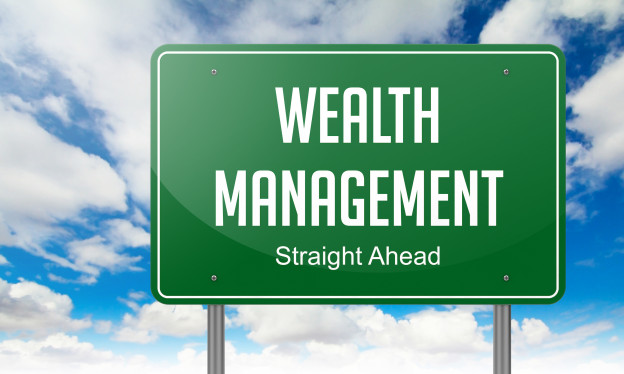You hear it all the time – having a diversified portfolio is the key to wealth. As they say, having all of your eggs in one basket is a surefire way to lose everything you’ve ever earned and that It’s a risk not worth taking, especially when there are other options out there. The way you go about investment management is vital to your success building wealth and creating a bright financial future for you and your family. To achieve this success, you should conjure up investment strategies that involve different types of stocks to level the playing field and if this is not your forte, you should consider working with a professional investment consultant.
Wealth management in San Francisco can be beneficial for safeguarding the assets you’ve accumulated. And if you’re just starting out, investment planning is crucial for growing wealth. So is a diversified portfolio really necessary? Let’s work through the pros and cons of having one. But before we do, let’s first go through the ways you can diversify your portfolio.
How to Diversify Your Portfolio
There are a number of ways you can create a portfolio that is diversified. One way to do this is to invest in different companies and fields. You don’t have to own a bunch of stocks from just one company – you can buy from companies within the same industry or diversify the industries you invest in. For instance, you can own stocks in banking companies and technology companies so that if the banking sector begins to see values decline then your portfolio will theoretically have gains in other industries to make up the difference. Third option is to invest in various market sectors.
You can also look into owning stocks in companies with varying levels of market capitalization. For instance, you can invest in small-cap, medium-cap or large-cap stock options. Those who really want to diversify their portfolio can look beyond the borders of their country. Global investment strategies can be a great supplement to domestic stocks.
There are different types of asset classes as well, such as stocks, futures and bonds. The strategies you use may even vary from value investing to growth investing. What it all comes down to is how much you want to diversify your portfolio, as well as what your tolerance for risk is and what your overall financials goals are. Are you looking to go all the way with all different types of investments or are you looking to diversify just a little?
Understanding the pros and cons of portfolio diversification can help you with your decision.
Pros of Diversified Portfolios
First, let’s go into the advantages of having a portfolio that’s diversified. The first benefit of diversifying is that it helps level out volatility and risk. Having all of your investments in one industry, company, asset class or market sector means if one stock falls, they all may fall.
Another benefit is that it can help open up opportunities for generating more profits. For instance, if you invest domestically and globally, you can still witness profits abroad even when domestic stocks aren’t performing well.
Cons of Diversified Portfolios
As with any major decision you make in life, there are negatives to consider. It’s important to consider all possible outcomes when planning your investment strategies. Now that you know the advantages of portfolio diversification, it’s time to go into the disadvantages.
One, if you over-diversify your portfolio, it could lead to only average returns. For instance, if you have only five high-performing stocks and 50 under-performing stocks, then your gains aren’t going to be that impressive. This waters down your profits and makes your portfolio look less-than-great.
There are also additional transaction costs associated with broadly diversified portfolios whenever you try to balance it out to maintain diversification. It’s generally more difficult to manage a portfolio that has too many investments.
The risk is sometimes increased when a portfolio is widely diversified because the investor invests in stocks that they know little to nothing about. This is a bad idea – never invest in a stock just for the sake of diversifying. Always do your due diligence beforehand.
What Should You Do?
At the end of the day, investors should always aim to have some amount of diversity for their portfolios. The key is to invest in stocks smartly. Do research and have a strategy around the types of markets, assets and companies you decide to invest in. Your primary focus should be on building a portfolio that is high-performing. If that means having a portfolio that is concentrated, then stick with that until you find investments worth diversifying into.

